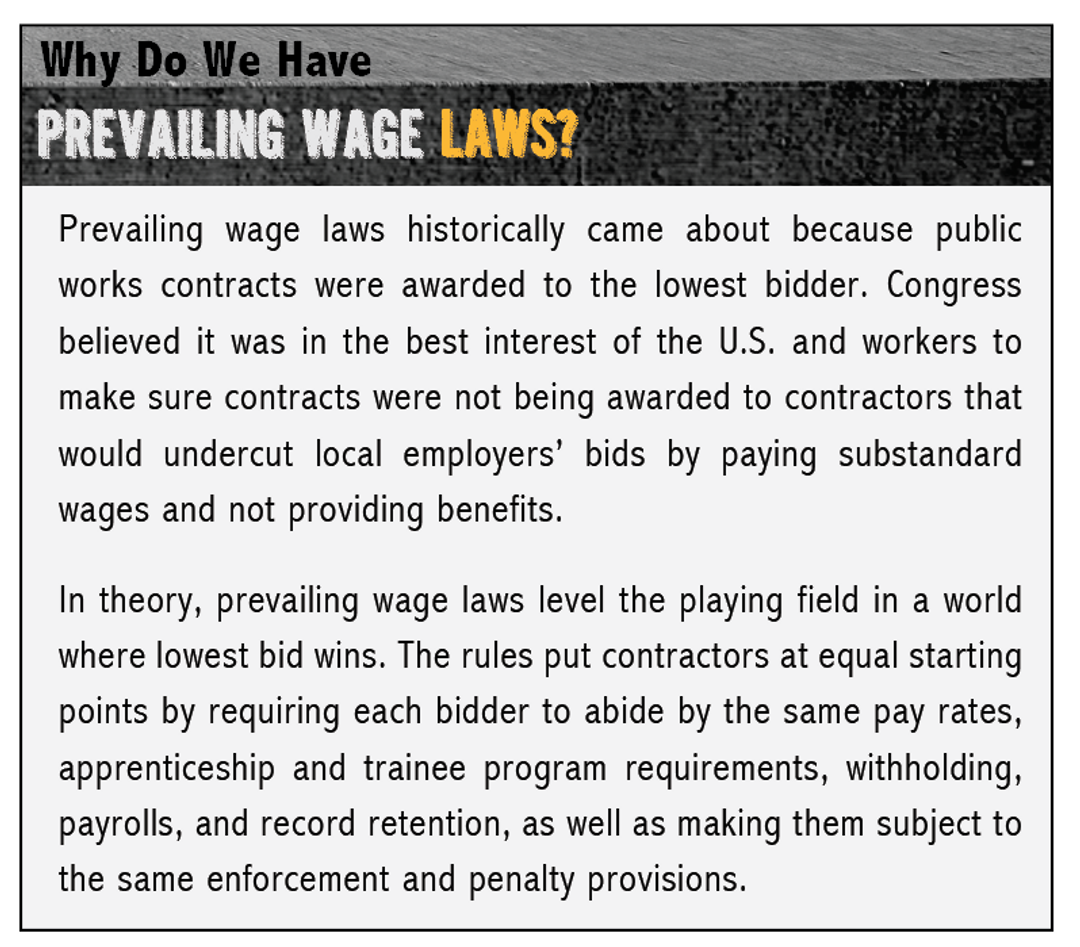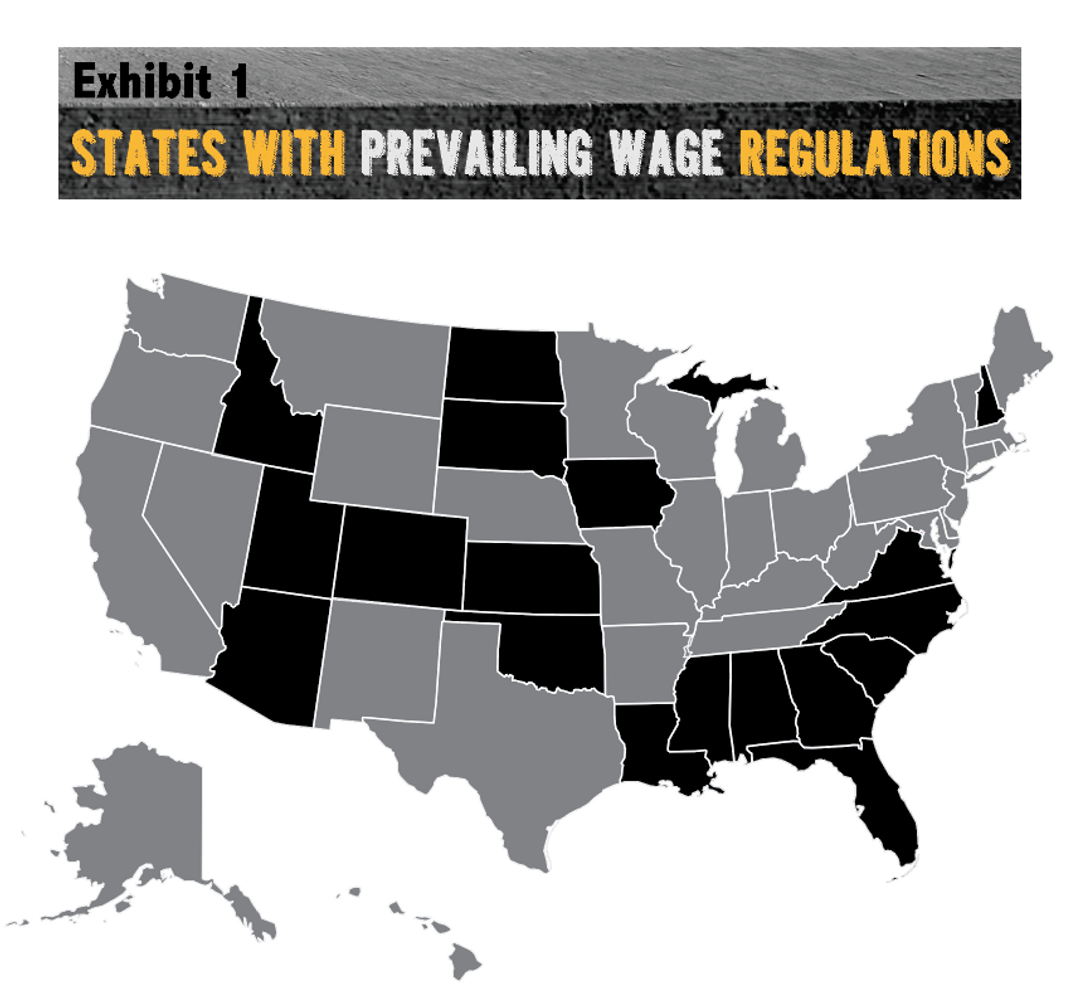For government contractors, the complexities of prevailing wage rules and regulations can be overwhelming. Working in such a heavily regulated industry can often cause employers to be stagnant in their business approach. But, the competitive nature of government contracting necessitates cutting-edge thinking, often making the difference between winning and losing a bid.
Whether it is the first prevailing wage contract or one of many over the years, contractors often miss out on savings opportunities from leveraging fringe benefit requirements. Many employers are confused by or simply fail to consider the full range of options when it comes to these requirements, but mistakes here can be costly.
What Is a Prevailing Wage Contract?
A prevailing wage contract is an agreement between the government and a private employer to perform work on behalf of the government at the federal, state, county, or municipal level. Given that the majority of prevailing wage contracts are with the U.S., this article focuses on federal contracts. Most federal contracts fall under either the Davis-Bacon Act (Davis-Bacon) or the McNamara-O’Hara Service Contract Act (SCA).

Davis-Bacon governs all contracts valued over $2,000 to which the U.S. is a party for the construction, alteration, or repair of public buildings or public works.1 While Davis-Bacon contracts can vary widely, most involve the construction and renovation of federal buildings and military installations, as well as the building or maintenance of interstate highways.
The SCA governs all contracts in excess of $2,500 to which the U.S. is a party primarily to provide services to the U.S.2 Of the many examples of contracts governed by the SCA, the most common include mail hauling for the Postal Service, private security and maintenance at federal facilities, cafeteria and food services, information/technology services, and logistical support services.
It is important to note that, while our focus is on federal prevailing wage laws, many states and lower-level governments have adopted laws similar to Davis-Bacon and the SCA. Currently, 32 states have their own prevailing wage regulations as shown in Exhibit 1, and depending on each state’s political climate, the future of the regulation is uncertain.3 Employers should always seek guidance on the particular requirements of any of these laws prior to implementing a prevailing wage strategy.
